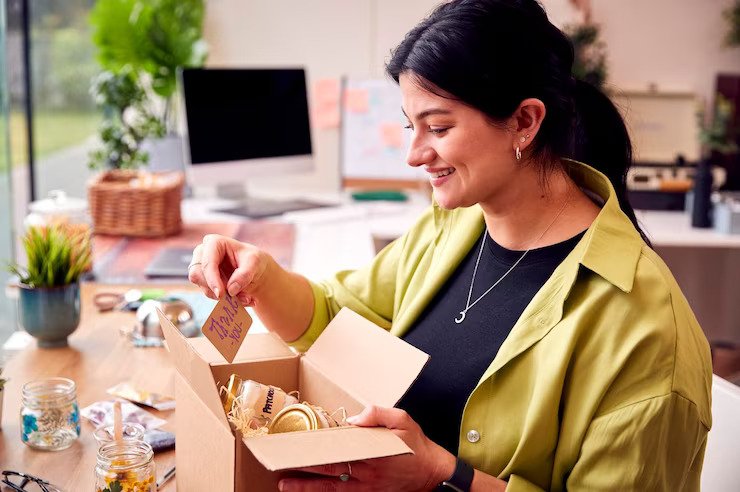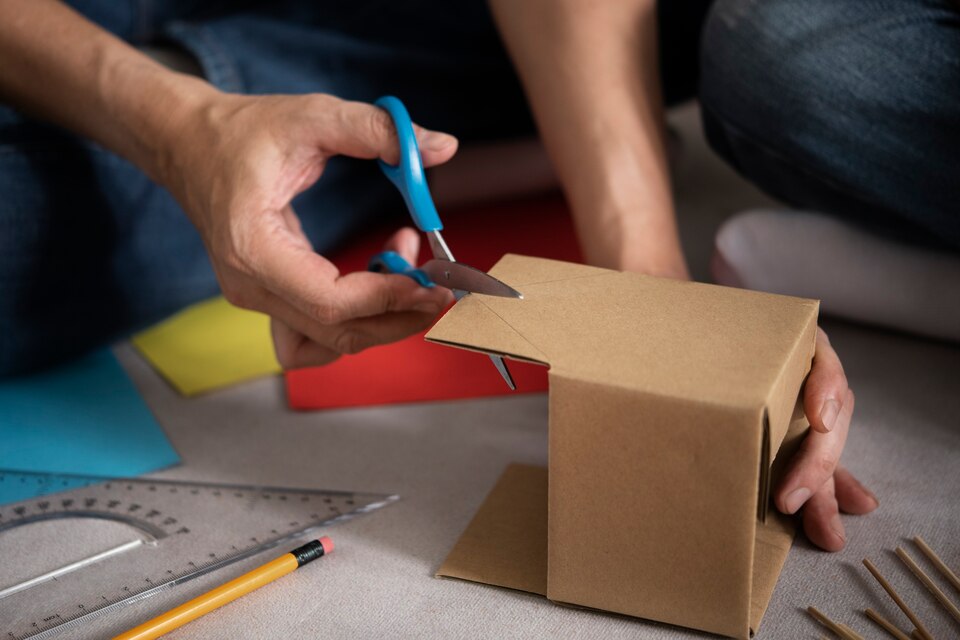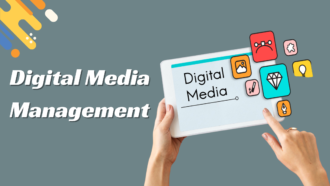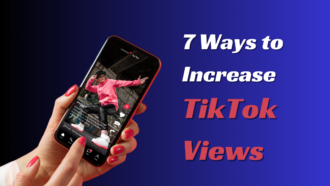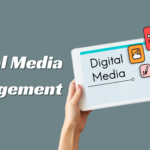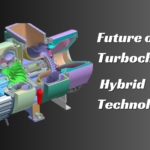A Step-by-Step Process of Packaging Design From Whole Concept to Final Print
We live in a world where packaging and design play an essential role in business to attract consumers. Around 72% of customers agree that packaging design can influence their purchasing decisions.
Furthermore, when you take a quick look at the packaging design, it may appear simple on the surface in that you plan a layout combining different colors and add some text to it, and then the packaging design is complete. Nevertheless, knowing how the format will appear when printed and ready for display on shelves is vital to determining whether it will connect with the target audience.
The package design process is more complex than simply putting together a few logos and layouts. In addition, it requires attention at each phase. Keep reading this article to understand the entire packaging design process, from the concept stage to the final printing stage.
The Following are the Steps of Packaging Design from the Whole Concept to the Final Print:
Concept Creation
Creating a concept is the first step in packaging design. It is a crucial step because it involves experimenting with many design options. Although the end product may look different from the initial concept, it will have the chance to improve with time.
In addition, the initial stage of this procedure starts with a design brief, which acts as a guide during the early planning stages, informing the project’s goals and objectives. Since this is the first stage, it is important to remember that the brief should be complemented with several primary and secondary research sets.
Furthermore, the purpose of every step is to assist you in understanding the possibilities for your brand positioning, key differentiators, and visual design choices. Also, provide information concerning the specific market you are targeting, relevant information that will be crucial in the future, and your desired goals.
To top it off, it may contain elements such as logos, colors, specific fonts, or brand imagery. It is also important to provide examples of the projects you adore to provide extra guidance to your designers with reference material. Note that creating these essential ideas in the early stages is important.
Verifying Before Progressing
Here, you aim to develop an easy-to-follow road map describing the necessary design stages. Develop a framework and ask your colleagues at your place of work to assist you in assessing the blueprint.
You must also ask yourself if the master plan appears viable with the resources at your disposal, if it meets your project’s objectives, and if it will be effectively printable when it is ready for pressing.
However, focus on more than just the internal perspectives. To your benefit, use the focus groups for user testing to verify your ideas before continuing further. To determine which options provide the best results, you must know about concepts testing types.
Typically, during the concept stage, you can do at least a single round of testing before you finish and prepare it for printing. You should prioritize this stage, considering that 40% of sales conversions come from the messaging that must work effectively.
Copy Evaluation
The second step is copy evaluation with your master plan, which involves collection, approval, and applying the written information, such as:
- The name of the product
- Usage and instructions
- Key massaging and claims
- Legal information
- Contact information
- Legal information and NLEA
- Barcodes
Having these elements during the early stages is crucial for your artwork prototypes. Since using the bachelor’s placeholders is easy to approach to keep the project continuing, minor text alterations may necessitate substantial future modifications. This might result in inefficiency if you had to revisit the artwork.
Furthermore, it takes time and energy to enhance your copywriting skills. The choice of words that represent your production will make the consumer say much about your brand. Take advantage of this step because 63 percent of consumers believe the product’s packaging is more important than the brand when buying.
Lastly, gather all the pertinent copies in one file to ensure the stakeholders take less time when signing off the copies without involving much time on approval. Always include your information in the collaboration platform so that everyone can make a review about it.
Reviewing the Artwork
This is the third step. It involves applying the visual designs once the text has been finalized. In this stage, you will incorporate your product designs into each product’s variants according to the product’s characteristics.
This process is carried out by production artists, who apply the specialization information to print-ready files. The files are transformed into printing to bring the design into tangible form.
The Prepress
This is the fourth stage, where the artistic creation is set and the stakeholders have approved it. It is now time to get your design ready for ultimate printing.
Prepress is a technical procedure that involves organizing and reprocessing a design. This step is crucial because it ensures that everything is set up accurately and that the quality of your image will look good on computer screens.
Making a Hardcopy color Proof
Making a hardcopy color proof is the fifth step. This is the stage where you will be eager to see your design come to life. Once the proof is complete, employ a reference color chart to validate the precise colors. Take note that a slight amount of variation in the shade can affect the entire branding campaign.
Pressing and Printing
Pressing and printing are the last steps. After a challenging process, the final stage is printing the selected designs onto the desired substrates. The artwork files are to attach the cylinders and press plates to the printing press. After that, some packaging material is run through the media and subjected to printing.
The Packaging, from Design to Printing
Packaging and design are specialized fields that require professionals who know the many factors and unique considerations of this field. Reviewing and validating different designs is essential because many things must be corrected during printing.
In conclusion
Packaging and design, from the first concept to the final print, are creative journeys that require careful attention, planning, and deep knowledge of the product, target audience, and brand.

